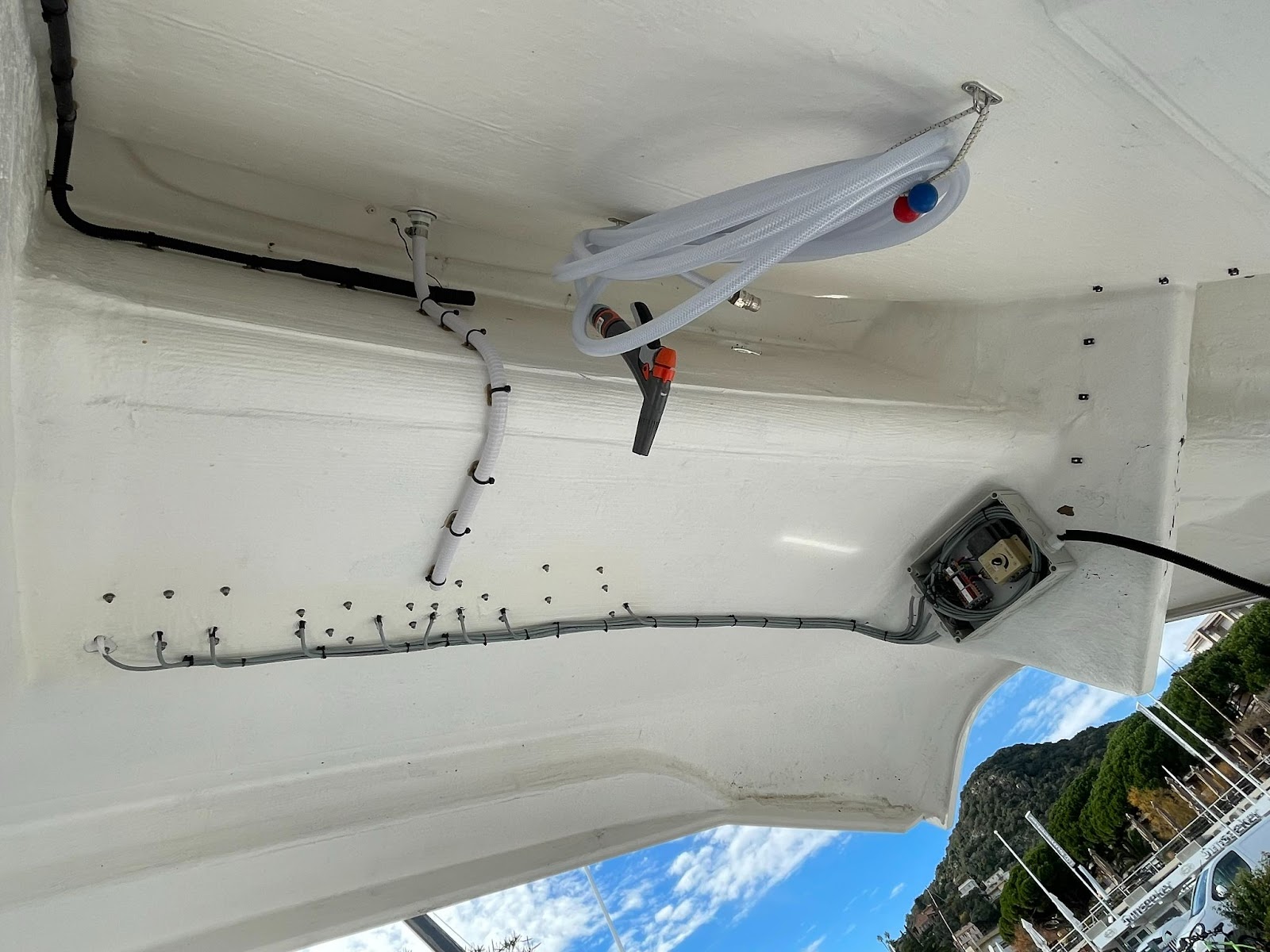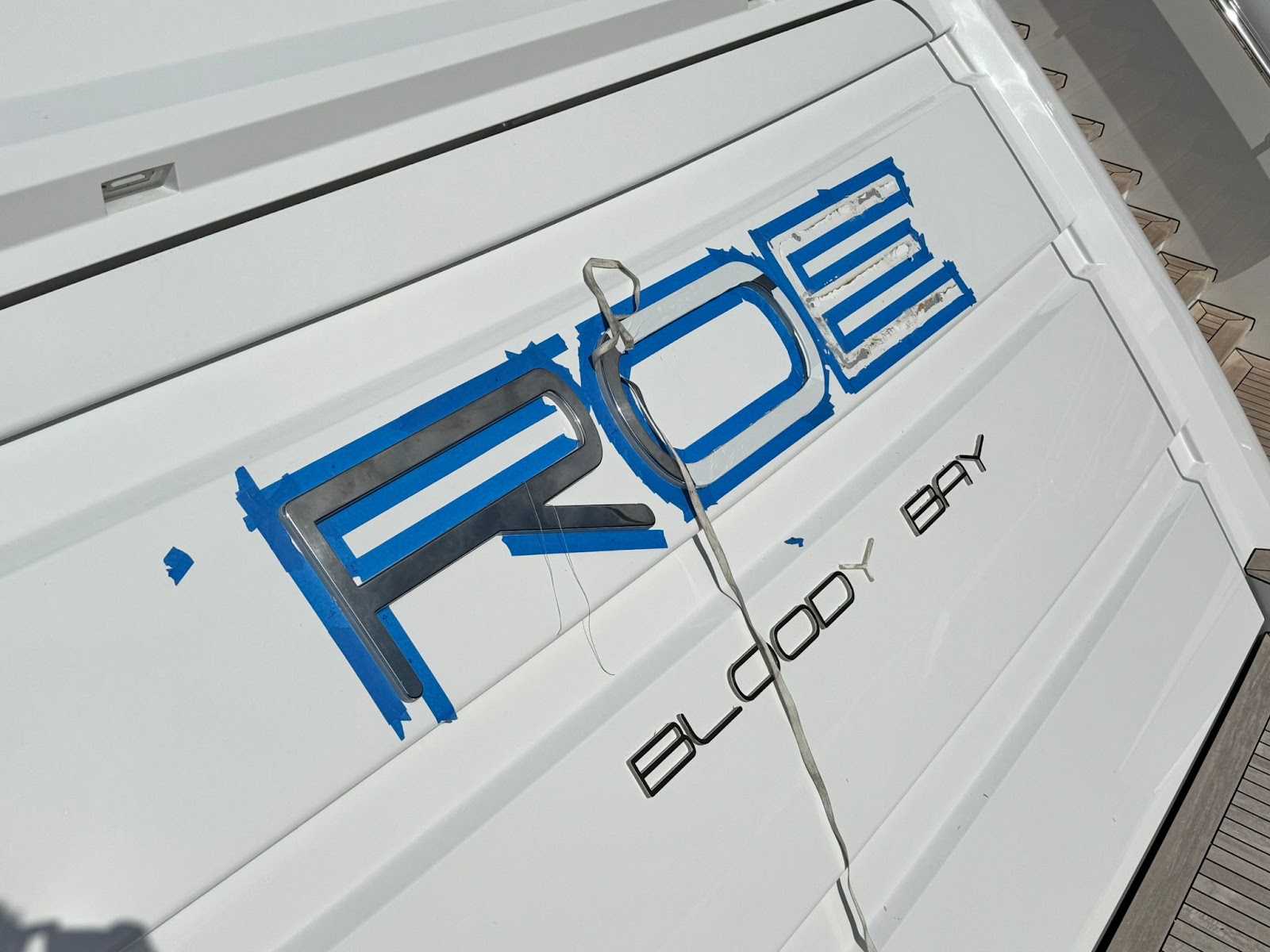Yacht Lighting Trends: Advanced Illumination for Your Refit

As the Mediterranean and Northern European yachting season draws to a close, a wave of refit activity ignites across shipyards from La Ciotat to Barcelona. We’re seeing a rise in expectations for functionality, durability, and technological sophistication. For captains, owners and refit yards aiming to deliver or maintain world-class standards, 2026 is going to demand the latest trends and technical imperatives.
Yacht lighting isn’t an afterthought anymore. Today’s refits are defined by the balance between aesthetic ambition and technical execution. Due to the complexity of refitting versus a new build (where legacy wiring, bespoke layouts, and ageing materials present unique challenges), lighting professionals now bring expertise that sits at the intersection of marine engineering, architecture and digital technology.
The yacht lighting market is shaped by many demands:
- A need for reliability in harsh marine environments
- Seamless integration of smart technologies and automation
- Bespoke design that enhances interiors
- Sustainability and compliance with new energy standards
Upgrade your yacht logo this winter
Why Refits Can Be Challenging
Refits necessitate working within an existing framework of cabling, switchgear, and joinery. This often means adapting systems to new spatial layouts and updated user expectations while simultaneously addressing challenges such as preventing water ingress and mitigating corrosion in older structures. Solutions need to align with the yacht’s distinctive identity, whether that’s through illuminated name boards or subtle furniture lighting, as well as ensure that upgrades are integrated with broader system overhauls, including AV, safety, and energy management. These complexities underscore the importance of working with a lighting partner who has a wealth of advanced project experience and can design, prototype and custom-mount sophisticated solutions in close cooperation with shipyards and designers.
How to make lighting refits run more smoothly:
- Make a simple sketch or take photos of your current lighting layout before starting.
- Decide on your main goals for the upgrade (better design, energy savings, improved controls).
Try out new lighting fixtures onboard with a temporary setup before final installation. - Use only marine-rated, waterproof components and proper marine wiring.
- Plan the project to limit downtime and avoid unnecessary major changes to the boat’s structure.
- Work with skilled marine electricians familiar with both older systems and new tech.
- Combine different types of lighting (main, accent, task) for the best effect and comfort.
- Test everything after installation to make sure controls and safety features work as expected.
- Stay in regular contact with shipyard staff and lighting suppliers to quickly solve any issues.

Core Trends for Yacht Lighting
High-efficiency LED’s
LED yacht lights have become the de facto standard, owing to their efficiency, low heat output, and impressive lifecycle. Today’s premium LEDs are engineered for saltwater environments with IP65 to IP68 ratings and robust housings, typically anodised aluminium or marine-grade stainless steel. The latest modules are compatible with 12V or 24V systems, minimising energy draw and improving autonomy on long passages.
Minimalist Fixtures and Architectural Integration
Captains and owners are moving toward integrated, minimal fixtures that disappear into the structure of the yacht:
- Recessed LEDs, cove lighting, and concealed strips illuminate salons without visible sources.
- ‘Floating’ effect kickplates and step lights provide guidance in darkness without glare.
- Custom illuminated nameplates and backlit logos add discrete identity to transoms and superstructures.
The trend is clear: yacht lighting should serve the architect’s intent, providing elegance without ostentation.
Read about our installation process here
Elite Control and Automation
Smart lighting control is now expected at the upper end of the market:
- Multi-zone RGBW systems allow for nuanced scene-setting from helidecks to cabin lighting.
- Cloud and app-based controls enable remote, real-time adjustment from anywhere on board or ashore.
- Motion and light sensors automatically modulate illumination, boosting operational efficiency and safety.
- Voice command integration (via Alexa, Google Assistant, or bespoke bridge interfaces) is increasingly common.
A properly commissioned system lets crew, owners, and guests adapt environments for entertainment, relaxation or navigation at the touch of a button – or a word.

Customisation and Collaboration
The best yacht lighting is always bespoke. Top-tier suppliers offer:
- Tailored fittings to match precise architectural details and colour temperatures.
- Prototyping services, enabling trial installations and mockups.
- Collaboration between lighting designers, yards, and interior architects to deliver truly unique results.
This approach keeps every project tailored, which is especially important in refit scenarios, where flexibility and adaptiveness are paramount.
Discover more about what makes Yachtlite unique
Energy Efficiency and Sustainability
Yacht owners and refit professionals are increasingly sensitive to their environmental impact. Modern marine LEDs use up to 80% less energy than halogens, last 50,000 hours or more, and can be paired with solar for decks or tenders. Integrating sustainable sources, including photovoltaic-powered deck lights, is now both feasible and, for many clients, ethically non-negotiable.
Beyond function and safety, yacht lighting is now central to creating a distinct identity. For owners looking to market charter opportunities or enhance resale values. Features like smart underwater lighting, illuminated helidecks, and branded transom logos effectively differentiate the vessel. In 2026, the yachts that stand out will be the ones whose captains and owners invest in bespoke, expertly engineered yacht lighting that is designed for seamless integration, lasting performance and effortless control. Yards and outfitters partnering with expert suppliers like Yachtlite position themselves as value creators in a fast-evolving market.


